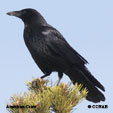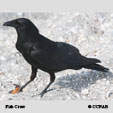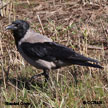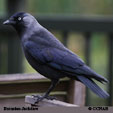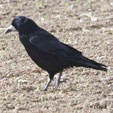Field Guide for all the Birds of North America
Crows
Corneilles
Corvidae
Information, images and range maps on over 1,000 birds of North America, including sub-species, vagrants, introduced birds and possibilities
North American Bird Search Box
Although there are four different types of crows in North America, only the sound and cries they make can differentiate one from the other. The appearance and size are similar to one another.
The American Crow has the largest range, from the prairies in Canada to the east coast and down into the southern states. The Fish Crow is not as large and its range is in the southern states as well. The Northwestern Crow lives on the west side of the Rocky Mountains and along the western coastlines. The most southern crow is the Tamaulipas Crow and is found in southern Texas and into Mexico.
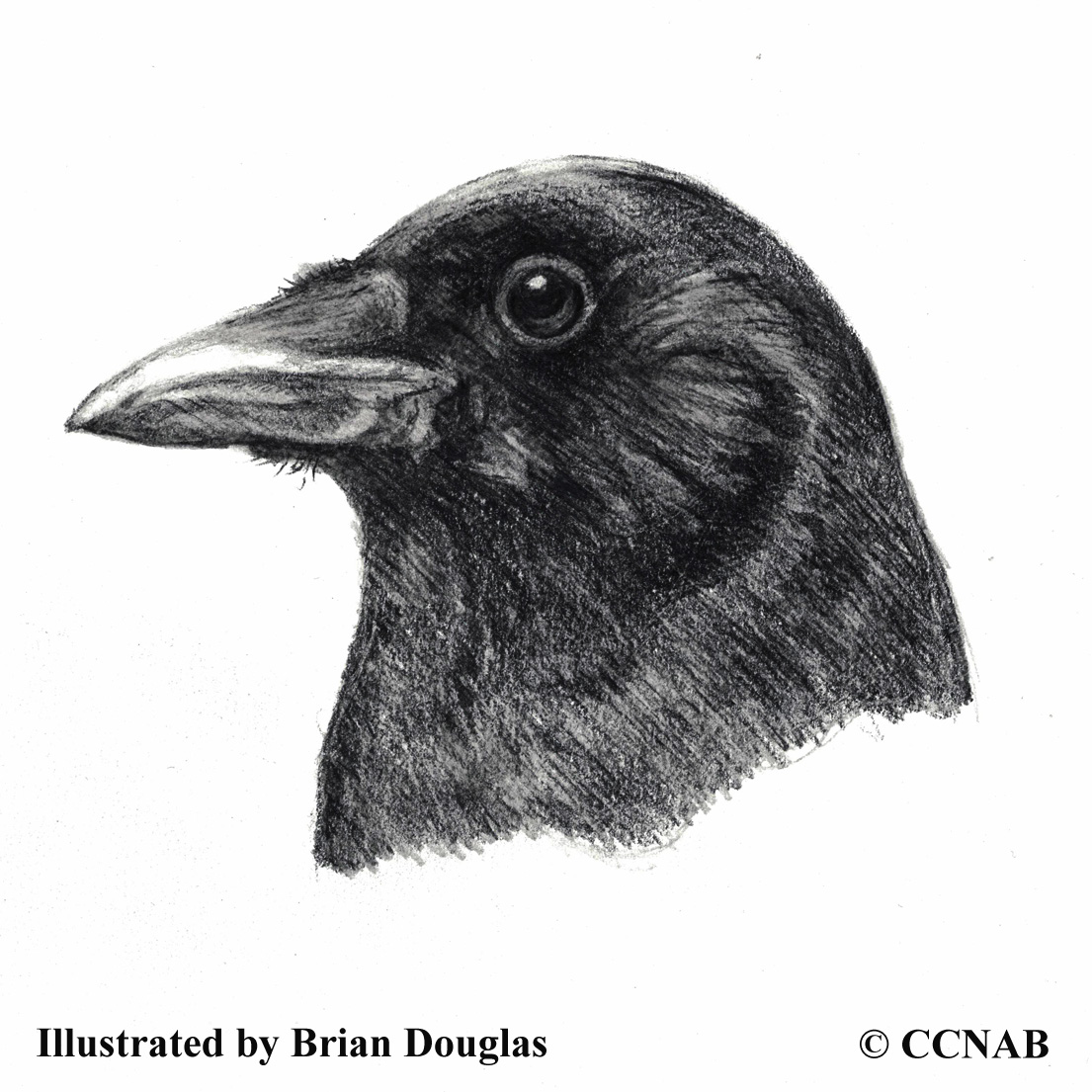
All crows are scavengers and are adept at eating a wide range of foods, including crops such as corn and cereal. They are known for their cunning ways and are perceived as intelligent. They are wary of man because he is their main predator. These birds will not tolerate any type of birds of prey and will taunt and attack them until they leave their territories.

Reference to Other Bird Site:
ABA - American Birding Association This site represents an organization that maintains official records of all birds species that have been proven to have been seen inside the perimeters of the North American Continent and the surrounding bodies of water. Regular revised versions are posted to keep the bird list current at all times. This is the list used by all serious birders over their lifetime. You may be aware of the movie called the "Big Year". It was with this list that all the competing birders used in an attempt to set a new record as to how many bird species that could be seen by an individual birder in one calendar year.
